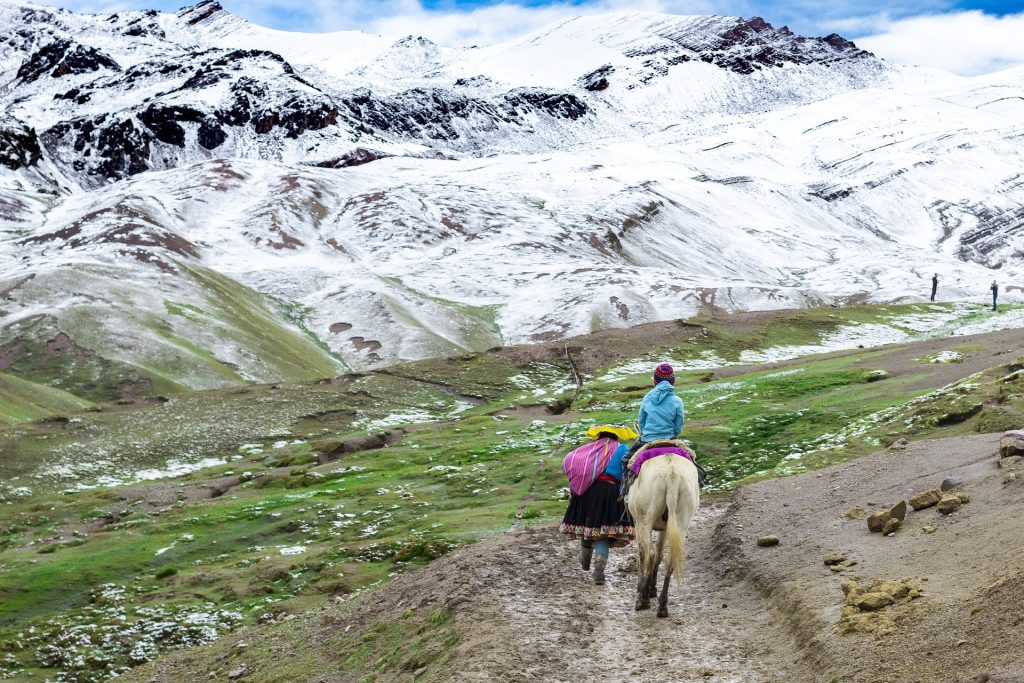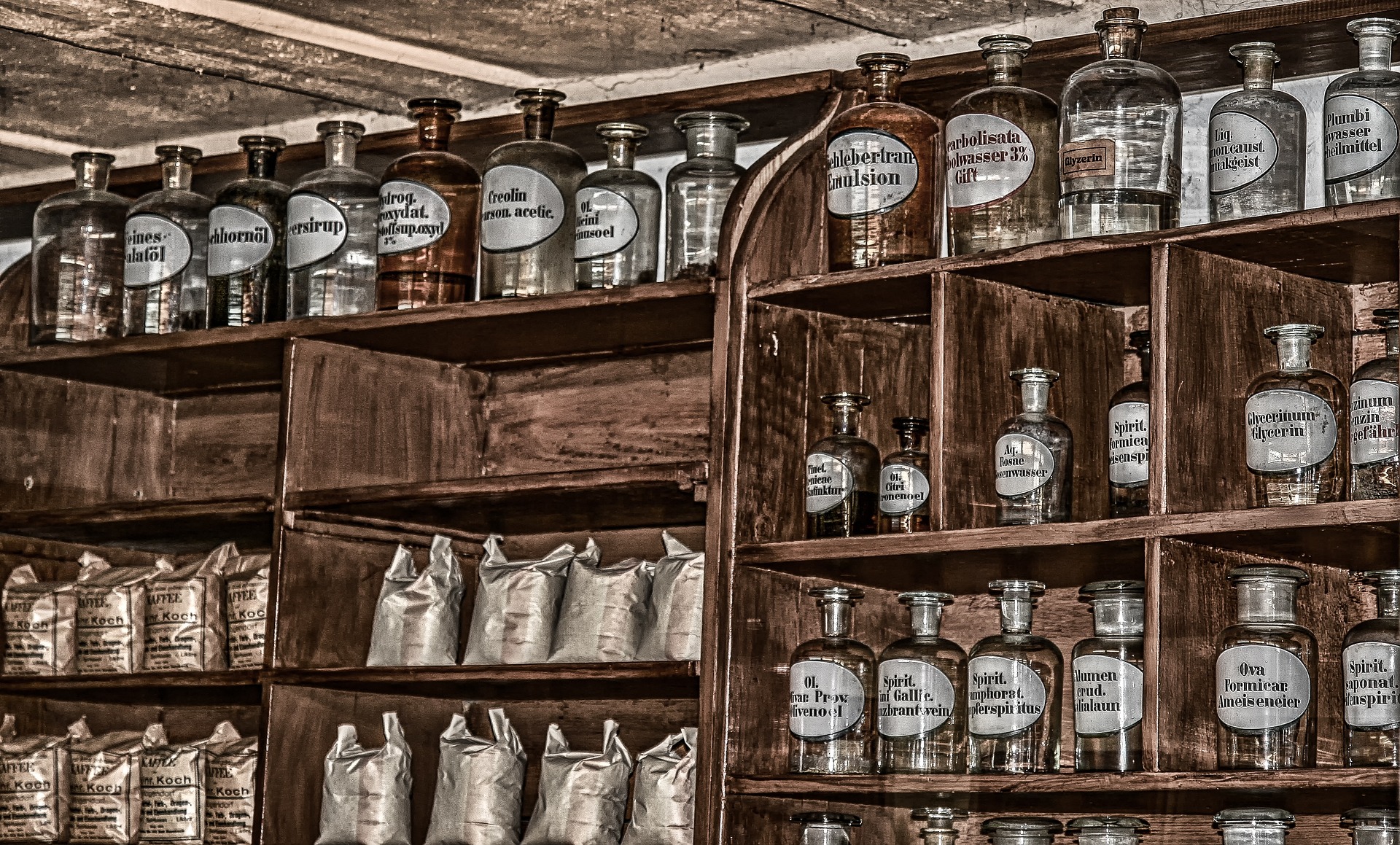Traveling abroad is never trivial. It is important to find out about vaccination obligations, the current health and safety situation, recommendations such as reacting to altitude or the contents of your travel pharmacy. This is what we will see together in this article.
Pharmacy
All major cities in Peru of course have pharmacies where you will find all the elements of your basic first aid kit if you do not want to take on this weight or bulk. On the other hand, if you follow a specific or particular treatment, it is better to bring your own drugs.
What to put in your travel pharmacy?
- Your usual medications in case of treatment
- Pain medication: Paracetamol or equivalent
- Anti-diarrheal – intestinal antiseptic
- Aspi-Venom (in case of stings or insect bites)
- Treatment for colds or sore throats
- Anti-inflammatory ointment
- Eye drops (dust, ophthalmia)
- Antiseptic (Betadine type)
- Water purifying tablets
- Elastic adhesive tape (Elastoplast) and adhesive bandages
- Disinfectant compresses
- Double skin (blister protection)
- Biafine type cream for burns
- Medicines for altitude sickness: consult your doctor
Vaccines and health
To travel to Peru or other Latin American countries, you must be up to date with your vaccines. We also recommend vaccination against hepatitis A.
No particular vaccination is necessary for stays in areas above 2,300m.
If you plan to stay longer in certain coastal areas or in the Amazon, in areas heavily populated by mosquitoes, you will need to consider the yellow fever vaccine.
More information under the Foreign Travel Advice site or the Center for Disease Control.
Travel and health insurance
We recommend always taking out travel insurance. If you fall ill in a foreign country or worse, you have an accident, it is better to have good insurance to be taken care of in the best clinics and hospitals, because the level of care is not at all the same as the establishments in Europe or the US, and above all, in Peru you will not be taken care of you, if you cannot pay…

Altitude sickness
How to avoid it right from the beginning?
To prevent altitude sickness, it is best to take the time to acclimatize.
This means staying several days at a certain altitude (without making much effort) before climbing higher in altitude. In general, two to 3 days are enough to allow the body to acclimatize to the altitude. For this, when we create your itinerary, we make you climb in altitude little by little. For example, it is not recommended to start your trip at Lake Titicaca at 3,800 m above sea level.
Then you have to adapt your activities and have a healthy lifestyle (rest, good diet and hydration). Coca mate, a local plant widely consumed in the Andes, is known for its anti-altitude sickness properties. And it keeps you hydrated!
What to do if you have altitude sickness?
It is important to know that altitude sickness can affect anyone, even if you are athletic, young and well trained.
You will recognize the symptoms of altitude sickness as headaches, shortness of breath, extreme fatigue, nausea and dizziness.
It is best to rest and drink plenty of water. If you are not feeling better, it is very strongly recommended to go back down to altitude to give your body more time to acclimatize.


